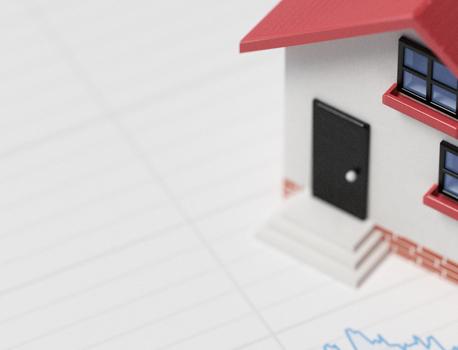#1 Stow Your Mower
If you’re not familiar with fuel stabilizer, get to know it. If your mower sits for months with gas in its tank, the gas will slowly deteriorate, which can damage internal engine parts. Fuel stabilizer ($10 for a 10-ounce bottle) prevents gas from degrading.Add stabilizer to your gasoline can to keep spare gas in good condition over the winter, and top off your mower tank with stabilized gas before you put it away for the winter. Run the mower for five minutes to make sure the stabilizer reaches the carburetor.
Another lawn mower care method is to run your mower dry before stowing it.
1. When the mower is cool, remove the spark plug and pour a capful of engine oil into the spark plug hole.
2. Pull the starter cord a couple of times to distribute the oil, which keeps pistons lubricated and ensures an easy start come spring.
3. Turn the mower on its side and clean out accumulated grass and gunk from the mower deck.
Remove garden hoses from outdoor faucets. Leaving hoses attached can cause water to back up in the faucets and in the plumbing pipes just inside your exterior walls. If freezing temps hit, that water could freeze, expand, and crack the faucet or pipes. Make this an early fall priority so a sudden cold snap doesn’t sneak up and cause damage.
Turn off any shutoff valves on water supply lines that lead to exterior faucets. That way, you’ll guard against minor leaks that may let water enter the faucet.
While you’re at it, drain garden hoses and store them in a shed or garage.
#3 Put Your Sprinklers to Sleep
Time to drain your irrigation system. Even buried irrigation lines can freeze, leading to busted pipes and broken sprinkler heads.
- Turn off the water to the system at the main valve.
- Shut off the automatic controller.
- Open drain valves to remove water from the system.
- Remove any above-ground sprinkler heads and shake the water out of them, then replace.
If you don’t have drain valves, then hire an irrigation pro to blow out the systems pipes with compressed air. A pro is worth the $75 to $150 charge to make sure the job is done right, and to ensure you don’t have busted pipes and sprinkler head repairs to make in the spring.





